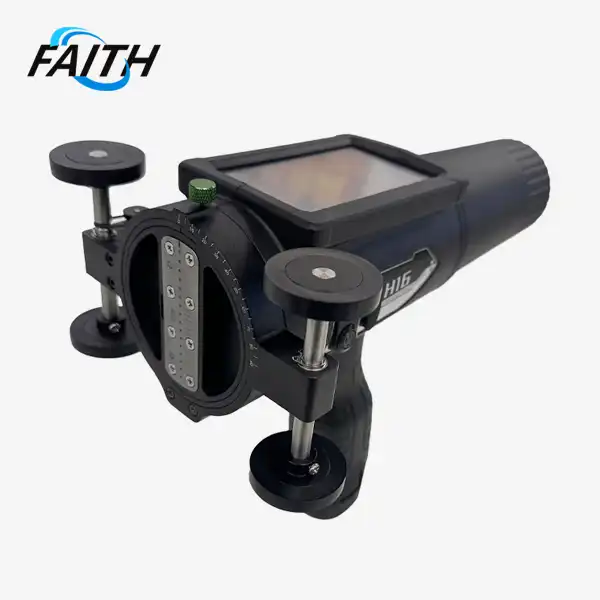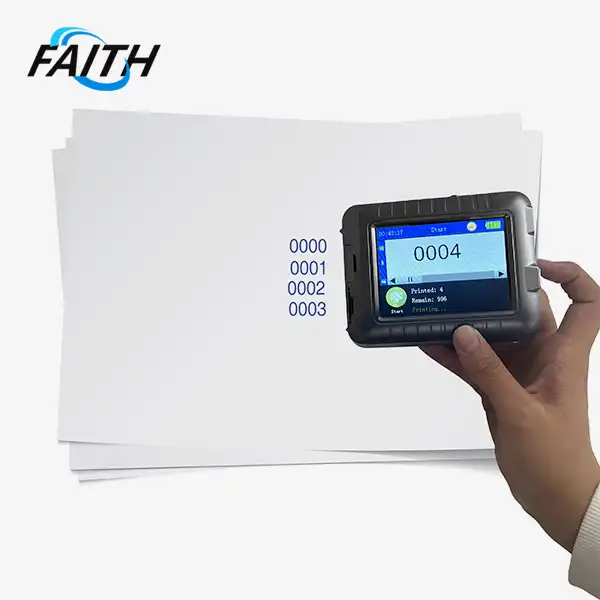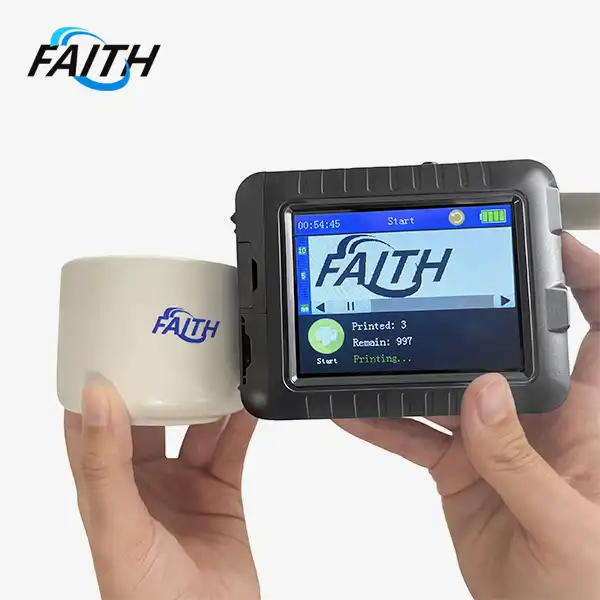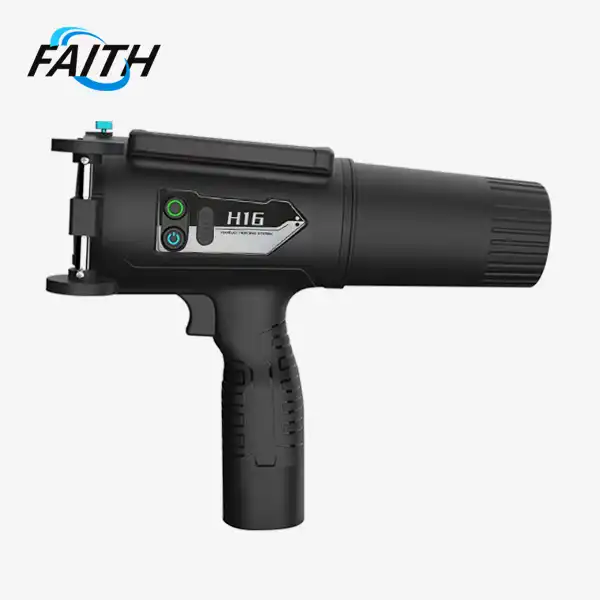Key Considerations When Choosing Industrial CIJ Printing Systems for Your Business
In today's fast-paced manufacturing world, selecting the right Industrial CIJ Printing Systems can be a game-changer for your business. Continuous Inkjet (CIJ) technology has revolutionized product coding and marking across various industries, offering unparalleled speed, versatility, and reliability. This comprehensive guide will walk you through the essential factors to consider when choosing a CIJ printing system that aligns perfectly with your production needs.
Grasping the Fundamentals of CIJ Technology
Before diving into the selection process, it's important to understand the fundamentals of CIJ technology. Continuous Inkjet (CIJ) printing works on a unique principle: manipulating charged ink droplets in an electric field. The process starts with a high-pressure pump forcing ink through a microscopic nozzle, creating a continuous stream of fine ink droplets. These droplets are electrically charged and guided by an electrostatic field, allowing precise control over their placement on the substrate. The result is the creation of sharp, clear codes and markings, making CIJ printing ideal for high-speed, high-precision applications.
The power of CIJ technology lies in its ability to produce up to 70,000 droplets per second, enabled by a vibrating crystal oscillator. This remarkable speed, combined with its ability to print on a wide range of surfaces—both flat and curved—makes CIJ an essential tool in today's manufacturing settings. Whether marking complex shapes or handling high-speed production, CIJ printers deliver precise, efficient results, making them a key asset for industries that require fast and reliable coding solutions.
Evaluating Performance and Adaptability
When evaluating Industrial CIJ Printing Systems, it's crucial to prioritize performance and adaptability. High-speed production lines in industries like food and beverage, pharmaceuticals, and electronics require printers that can maintain rapid output without sacrificing print quality. The ideal CIJ system should seamlessly integrate into these fast-paced environments, delivering precise, durable markings while keeping up with the demands of high-volume manufacturing. Ensuring both speed and reliability is key to optimizing operational efficiency.
Choose systems that provide adjustable print speeds and can easily integrate with your current production line. Ensuring consistent print quality across varying line speeds is essential, particularly in industries where regulatory compliance and traceability are critical. A reliable CIJ system should maintain high-quality markings even as production speeds fluctuate, helping to meet stringent standards while minimizing downtime and maximizing efficiency in fast-paced manufacturing environments.
Adaptability to various substrates is another key consideration. The ideal CIJ system should be able to print on a diverse array of materials, including plastics, glass, metal, and even porous surfaces. This flexibility allows you to use a single printing system across multiple product lines, enhancing its value and helping to streamline operations. By supporting different substrates, the system ensures consistent, high-quality markings, regardless of the surface, making it a versatile and cost-effective solution for diverse manufacturing needs.
Consider the unique requirements of your industry. For example, in automotive or aerospace sectors, you'll need a system that delivers durable prints able to withstand extreme conditions, high temperatures, and chemical exposure. In contrast, the cosmetics industry may prioritize high-resolution printing for small, detailed designs on various packaging materials. Understanding these specific needs ensures you select a CIJ system that delivers optimal performance, whether durability or precision, to meet the demands of your particular sector.
Assessing Long-term Value and Support
While the initial cost of Industrial CIJ Printing Systems is an important consideration, it's equally crucial to evaluate the long-term value and total cost of ownership. Factor in ongoing expenses such as ink and solvent consumption, maintenance requirements, and potential downtime. Opt for systems that offer efficient ink and solvent usage, as this can significantly impact your operational costs over time. Look for features like automatic ink recycling and smart consumption monitoring to help optimize your resources.
Reliability is another key aspect of long-term value. Choose a system with a proven track record of durability and minimal maintenance requirements. This not only reduces downtime but also lowers the overall cost of ownership. Don't underestimate the importance of after-sales support and training. A reputable supplier should offer comprehensive training programs to ensure your team can operate and maintain the equipment effectively. Look for providers that offer responsive technical support, readily available spare parts, and preventive maintenance services to keep your production line running smoothly.
Also, consider the scalability of the system. As your business expands, the coding and marking needs may evolve. Opt for Industrial CIJ Printing Systems that can be easily upgraded or enhanced with additional modules, allowing you to meet future demands without the need for a complete equipment overhaul. This flexibility ensures your system can grow alongside your business, providing long-term value and minimizing the need for costly replacements or major adjustments as production requirements change.
Conclusion
Selecting the right Industrial CIJ Printing Systems is a critical decision that can significantly impact your manufacturing efficiency, product quality, and bottom line. By carefully evaluating performance, adaptability, and long-term value, you can make an informed choice that aligns with your specific business needs. Remember, the ideal CIJ system should not only meet your current requirements but also have the flexibility to adapt to future challenges and opportunities in your industry. Take the time to research, compare options, and consult with experts to ensure you're making the best investment for your business.
If you're looking for tailored advice on selecting the perfect Industrial CIJ Printing Systems for your unique production needs, don't hesitate to reach out to our team of experts at Shenyang Faith Technology Co., Ltd. Contact us at sale01@sy-faith.com for personalized guidance and innovative solutions that can transform your product coding and marking processes.
References
1. Johnson, M. (2022). Industrial Coding and Marking: Technologies and Global Markets. BCC Research.
2. Smith, A. & Brown, R. (2021). Continuous Inkjet Printing: Advancements and Applications in Manufacturing. Journal of Industrial Engineering, 45(3), 278-295.
3. Wilson, L. (2023). The Impact of Industry 4.0 on Product Identification and Traceability Systems. International Journal of Production Research, 61(2), 112-130.
4. Taylor, S. (2020). Inkjet Printing Technology for Industrial Applications: A Comprehensive Review. Advanced Materials Technologies, 5(8), 1900976.
5. Chen, X. & Liu, Y. (2022). Sustainability in Industrial Printing: An Analysis of Continuous Inkjet Systems. Journal of Cleaner Production, 330, 129751.
Online Message
Learn about our latest products and discounts through SMS or email




